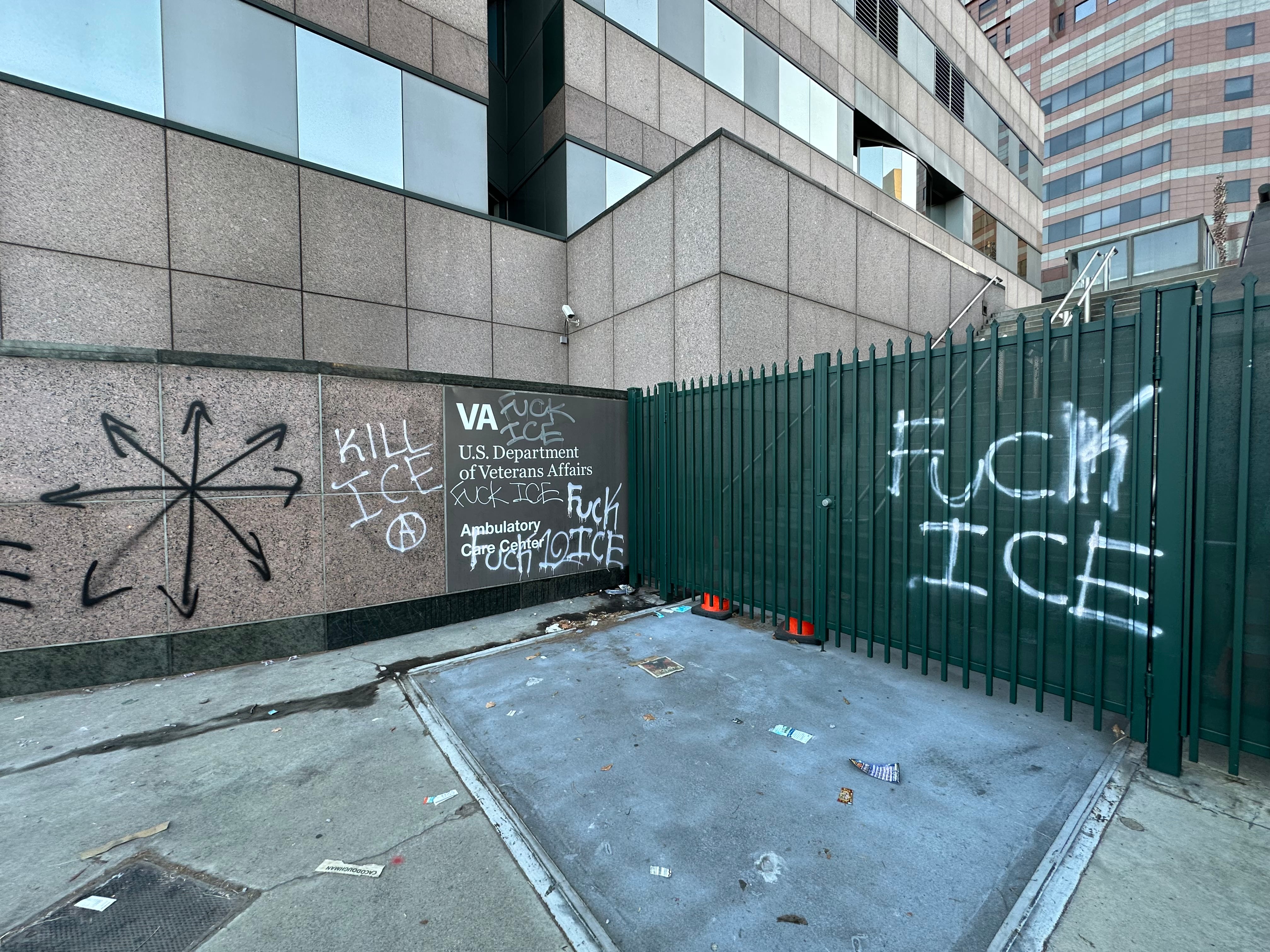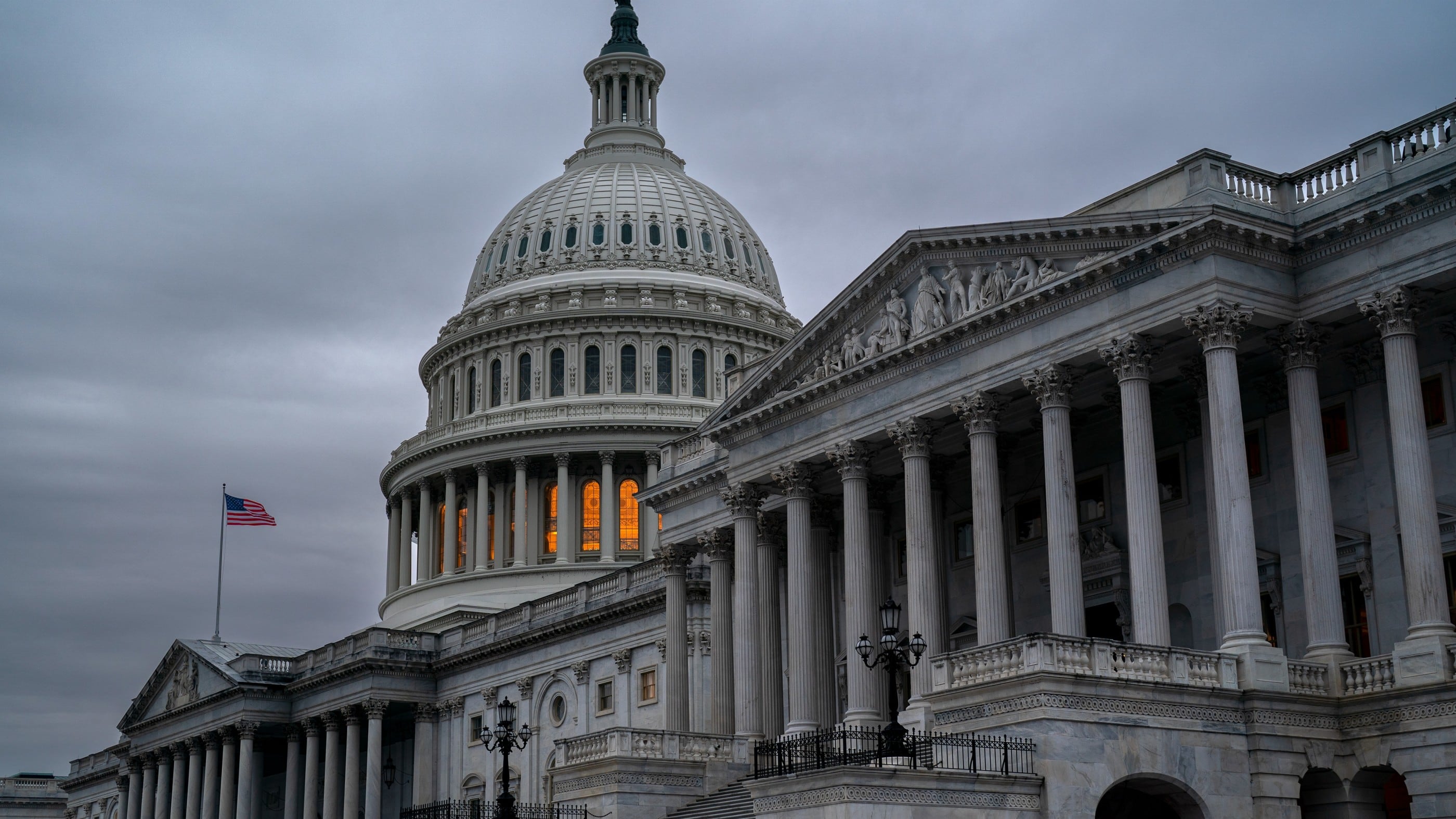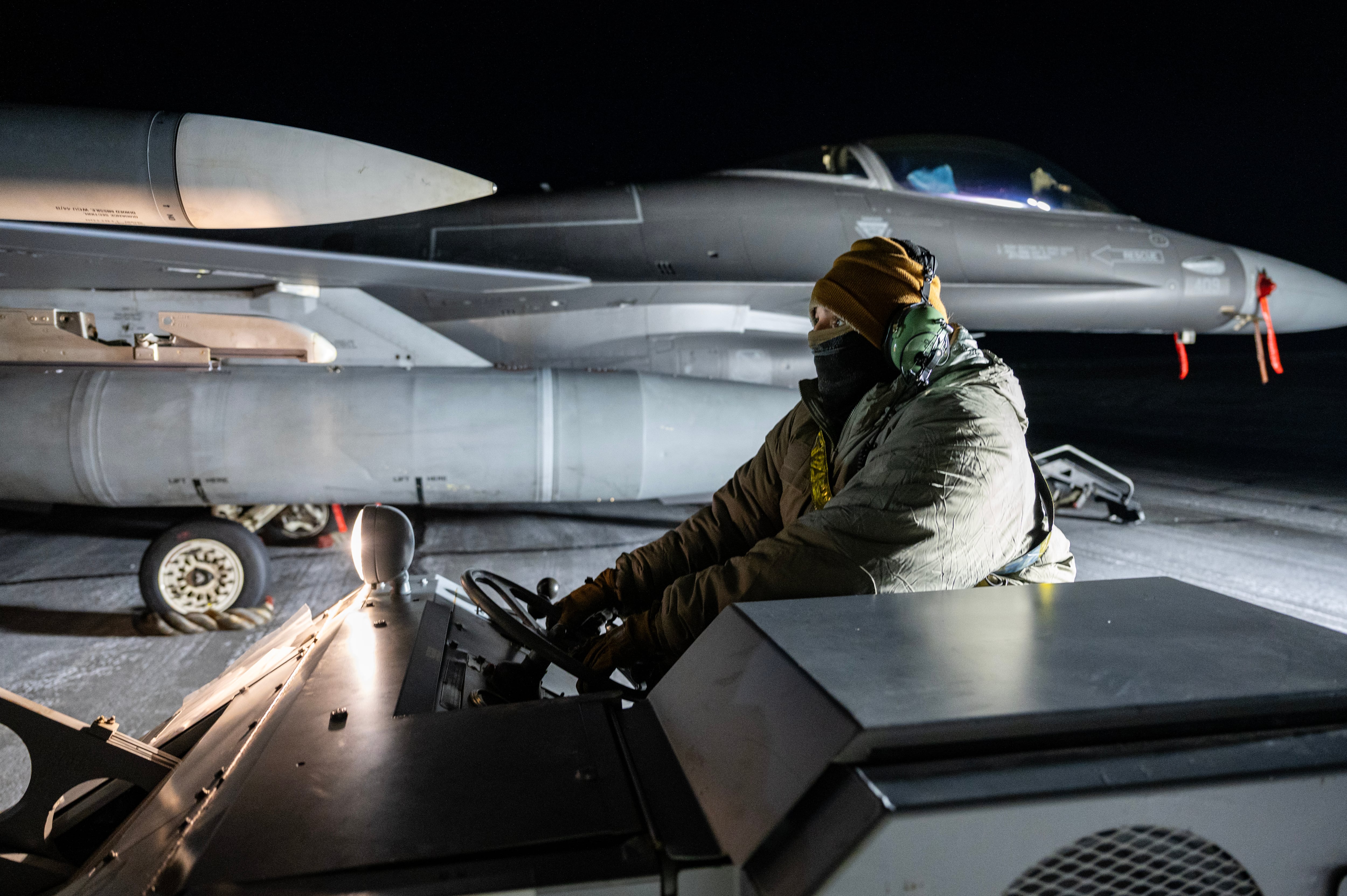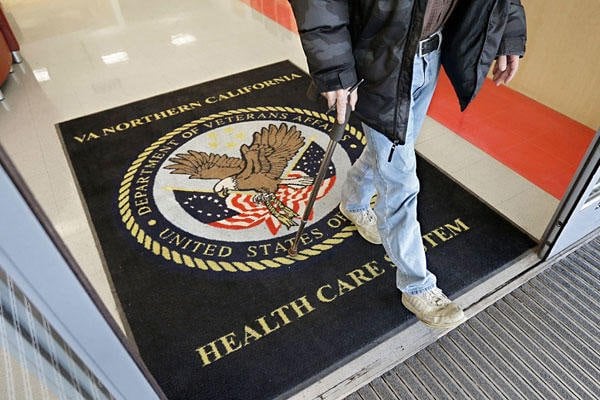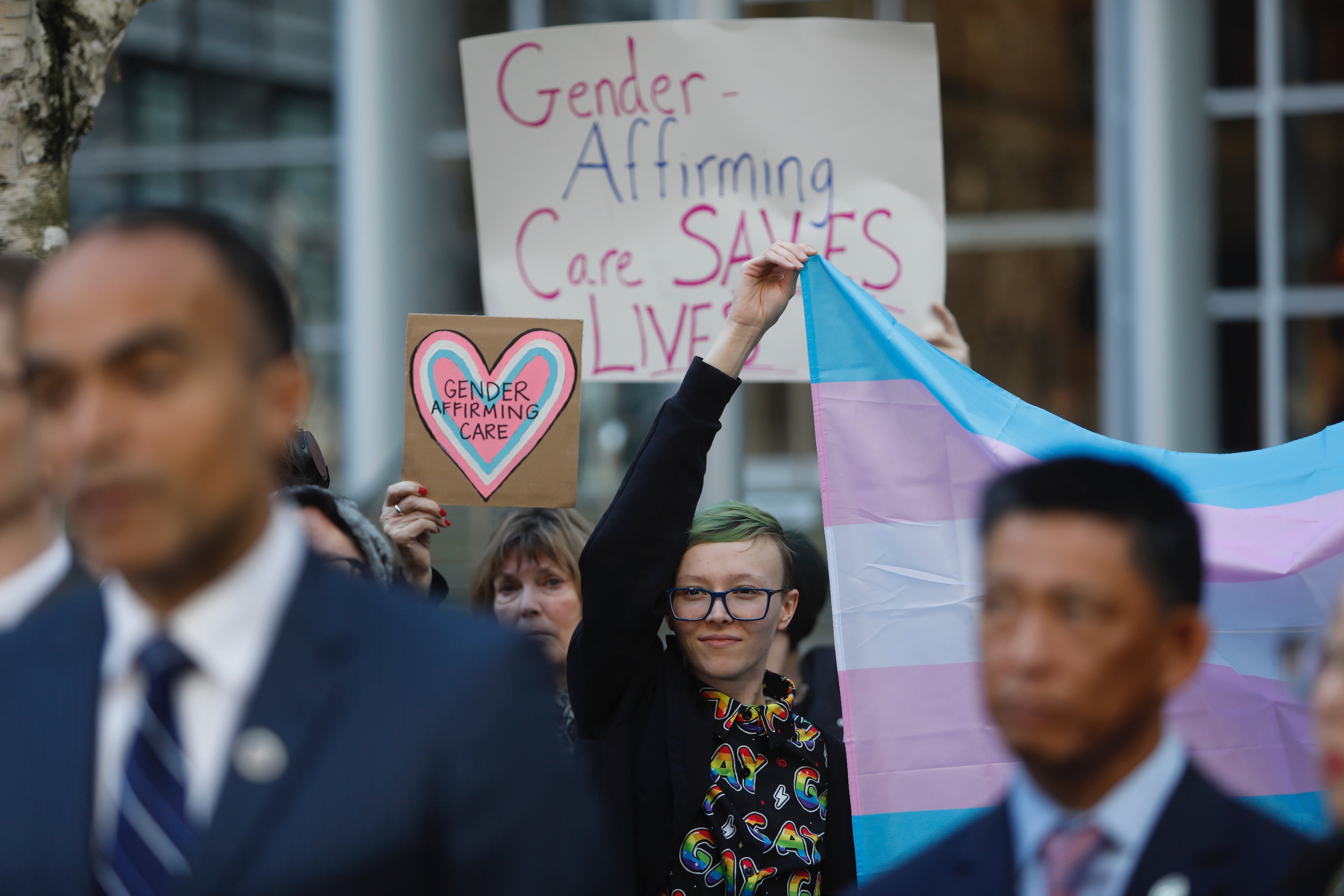FORT BELVOIR, Va. – One young woman, inspired by her father’s service in World War II, joined the Army to be a nurse.
Another young man, motivated by stories of history and the Army’s place in it while in grade school set his sights on a career in the military.
Both wound up in the Vietnam War and decades later shared their stories and tangible pieces of that personal history here, at the National Museum of the U.S. Army on March 29, National Vietnam War Veterans Day.
Retired Lt. Col. Marcia L. Neuendorf heard her father, a Battle of the Bulge veteran, tell how the frostbite crept into his legs and an Army nurse massaged them warm through the night. He told her he had to go home and dance with his wife.
That inspired her as a teenager to look to become an Army nurse herself. After graduating from basic training in 1969 she did follow-on training at Fort Gordon, Georgia where the young Army captain met her “soulmate” 2nd Lt. Stephen J. Neuendorf. She followed him to Vietnam, where he served in the signal corps.
The pair managed to link up a few times, getting rest and relaxation in Hong Kong where they were engaged.
After more than 23 years she retired and he followed, giving nearly 30 years and earning the rank of colonel.
RELATED
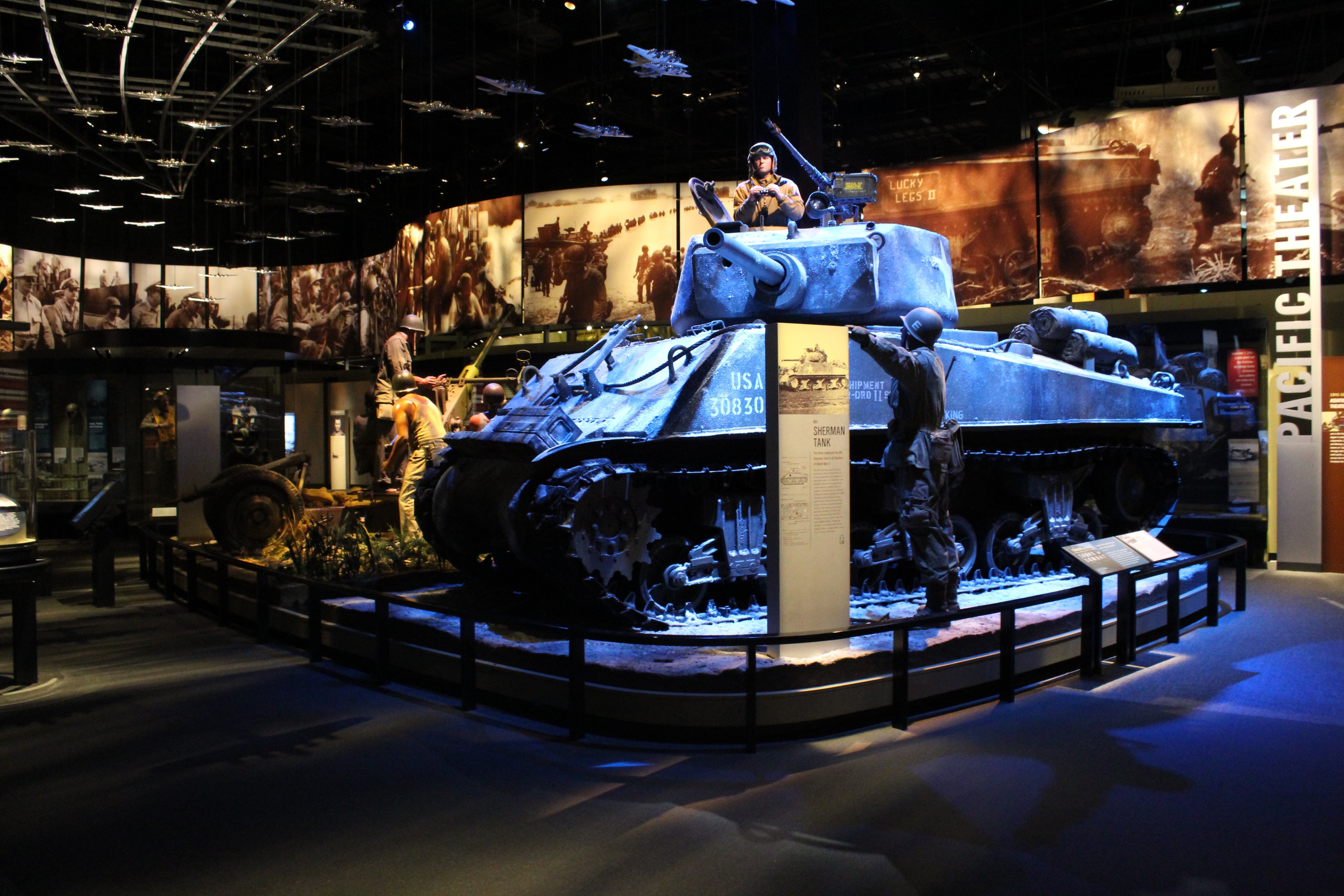
The pair, who live in the northern Virginia area, were elated that the Army was going to build its national museum at Fort Belvoir. Stephen did not live to see the museum open in 2020. But Marcia volunteers at the site, explaining displays and answering questions from visitors both young and old.
The retired Army operating room nurse spread out a multi-panel quilt made for her by her fellow members of the Mount Vernon, Virginia Nelly Custis Chapter of the National Society of the Daughters of the American Revolution.
The women in her chapter made quilts last year for veterans in their organization. Each panel is signed by the quilter who made it. Neuendorf’s photos from Vietnam, black-and-white in braids and a field cap, scrubbing up for the operating room, adorn the quilt.
“I got it exactly 50 years to the day after I got home,” she said. “October 16, 2021.”
She was one of 10 volunteers who answered the call from museum staff to share not only their experiences but any personal effects from their service on the Vietnam Veterans recognition day, said Tammy Call, museum director and former Army officer.
Call’s father was a career soldier and a Vietnam War veteran, she said.
Miguel Monteverde was only a boy, in sixth grade at the St. Catherine’s Military School, Los Angeles California, when he was charged by the history he read and sought a way to make history himself.
And it seemed to the boy that the Army was “always in the middle of making history.”
After graduating from the Virginia Military Institute in 1966 he was commissioned as an artillery officer. He ran a battery in West Germany during the Cold War before heading to Vietnam.
“We had a very sporting summer on the floor of the A Sau Valley in the summer of 1969,” he told Army Times.
Sporting might be an understatement. Monteverde’s unit, A Battery, 2nd Battalion, 319th Airborne Field Artillery with the 101st Airborne Division fired rounds in the Battle of Hamburger Hill, where multiple battalions of paratroopers slogged through dense enemy opposition in a direct assault.

Though that battle raged in May 1969, the shooting didn’t stop.
“We were rocketed and mortared with alarming frequency,” Monteverde said. “We got hit with a very, very heavy attack on the 13th and 14th of June of 1969.”
The battery prevailed against the attackers, but tactics took an intense turn.
“We were firing direct fire right at the enemy coming at us,” he said. “We policed up 54 bodies out of the wire, we took no fatalities ourselves.”
When he left the unit, his soldiers presented him with a set of water buffalo horns, the emblematic animal symbol of Vietnam.
“It was a unique gift, so unique that my wife has never allowed me to put them over the fireplace in any home in which we lived,” Monteverde said.
“This museum, really, is a 185,000-square-foot tribute to the American soldier,” he said. “It’s not the tanks and the jeeps and the water buffalo horns. It’s the story of all of us who wore the uniform of this country.”
The soldiers mounted the horns, pins and a small brass plaque on a wooden board for their commander.
“I will tell you that I did not press my soldiers too hard as to where they got the water buffalo horns,” he told Army Times.
The horns, on display the day of the presentation, sport the “Screaming Eagle” pin of the 101st Airborne Division, the crossed cannons of artillery, the jump wings of paratroopers and the shield insignia of his unit.
“They were a gift from my soldiers. They made them. They put all that together,” he said. “I really do treasure them.”
*CORRECTION: This article has been updated to correctly reflect the name of Marcia Neuendorf’s late husband and her married surname.
Todd South has written about crime, courts, government and the military for multiple publications since 2004 and was named a 2014 Pulitzer finalist for a co-written project on witness intimidation. Todd is a Marine veteran of the Iraq War.

